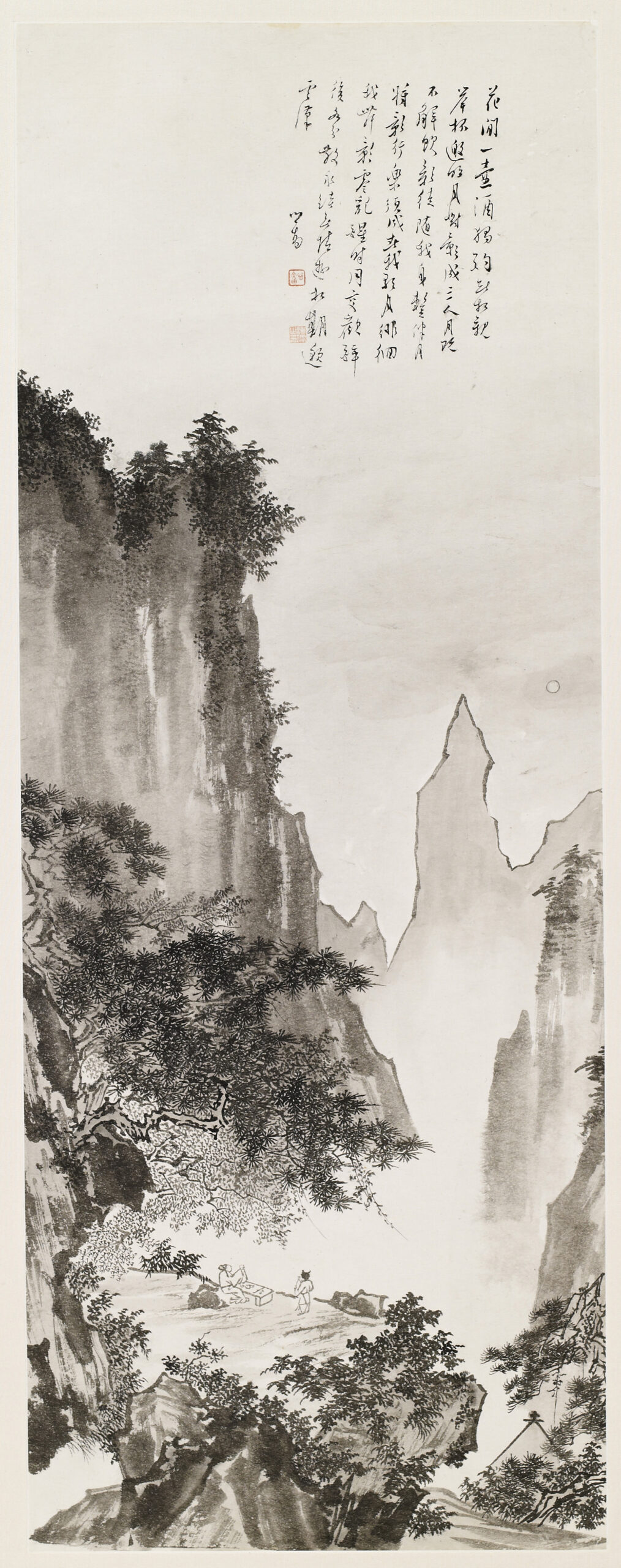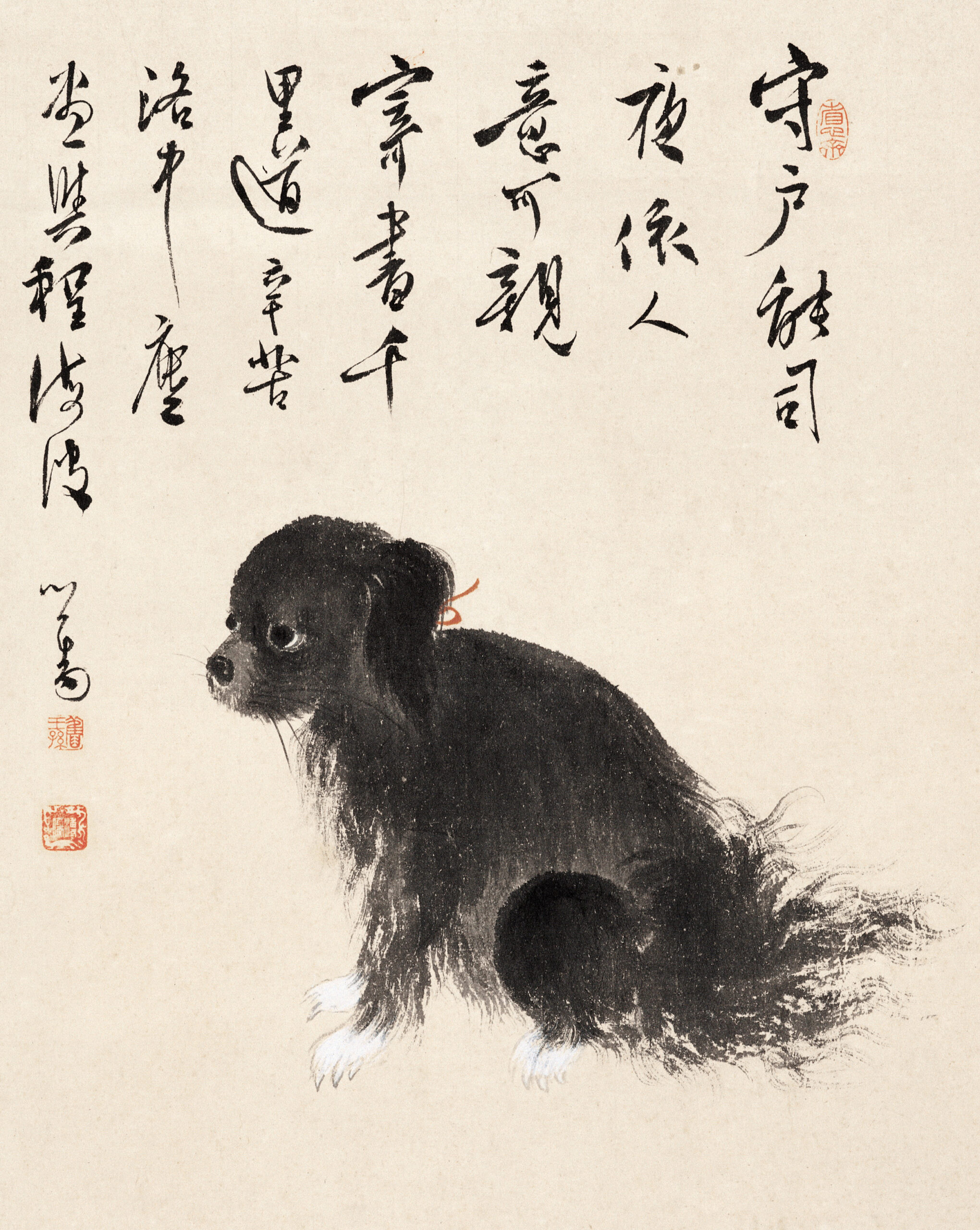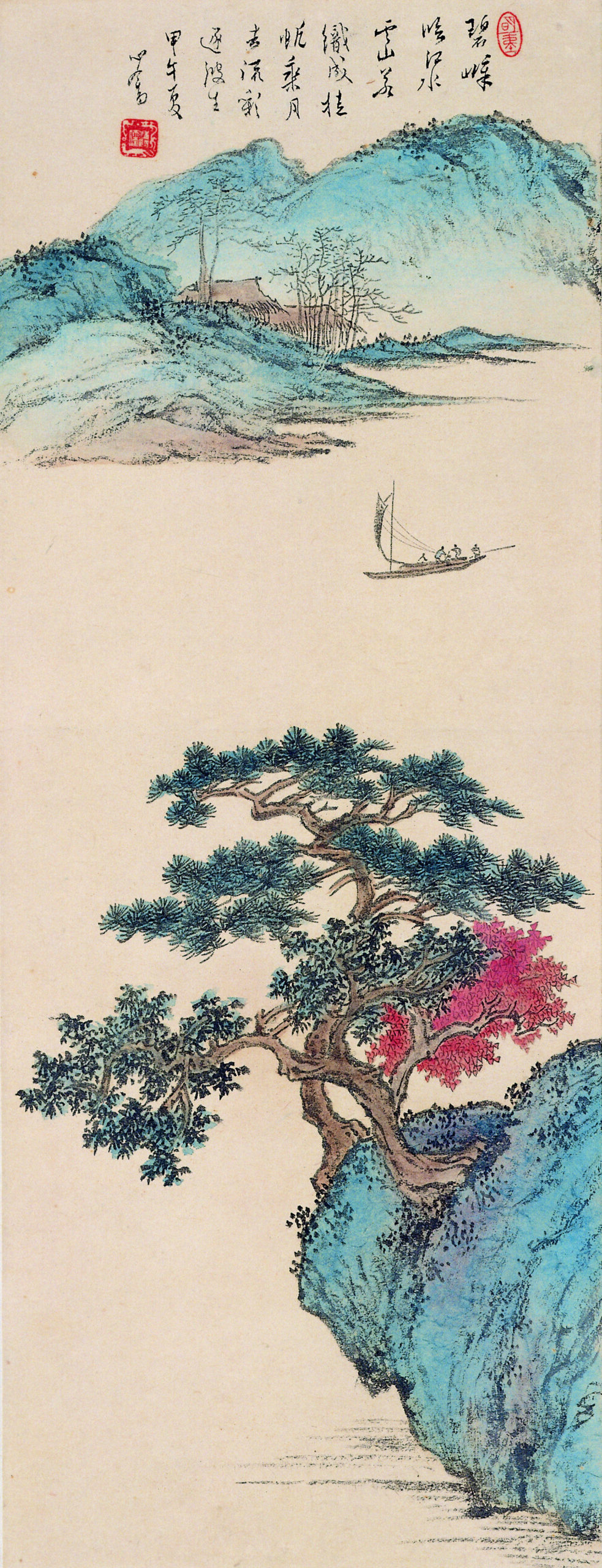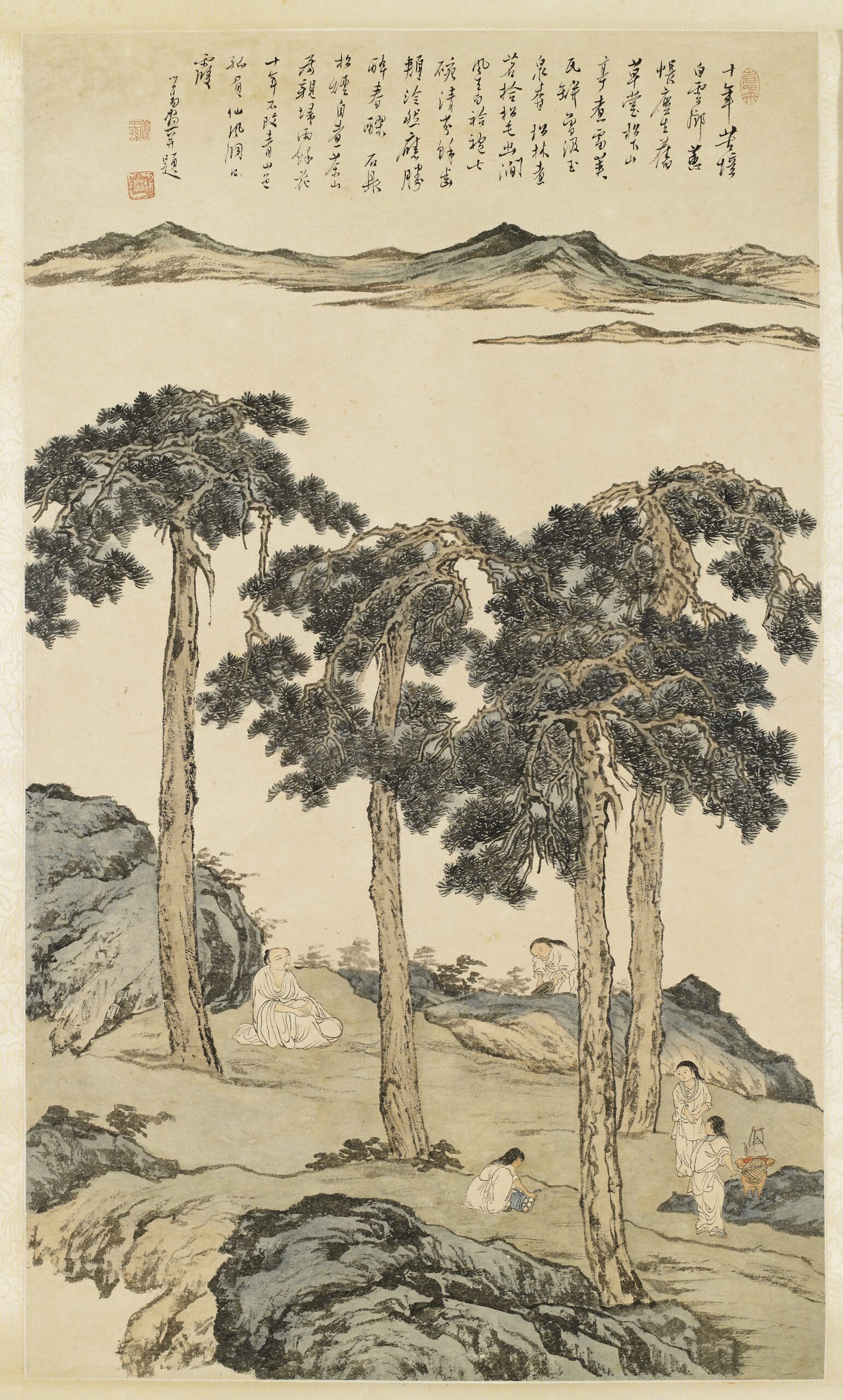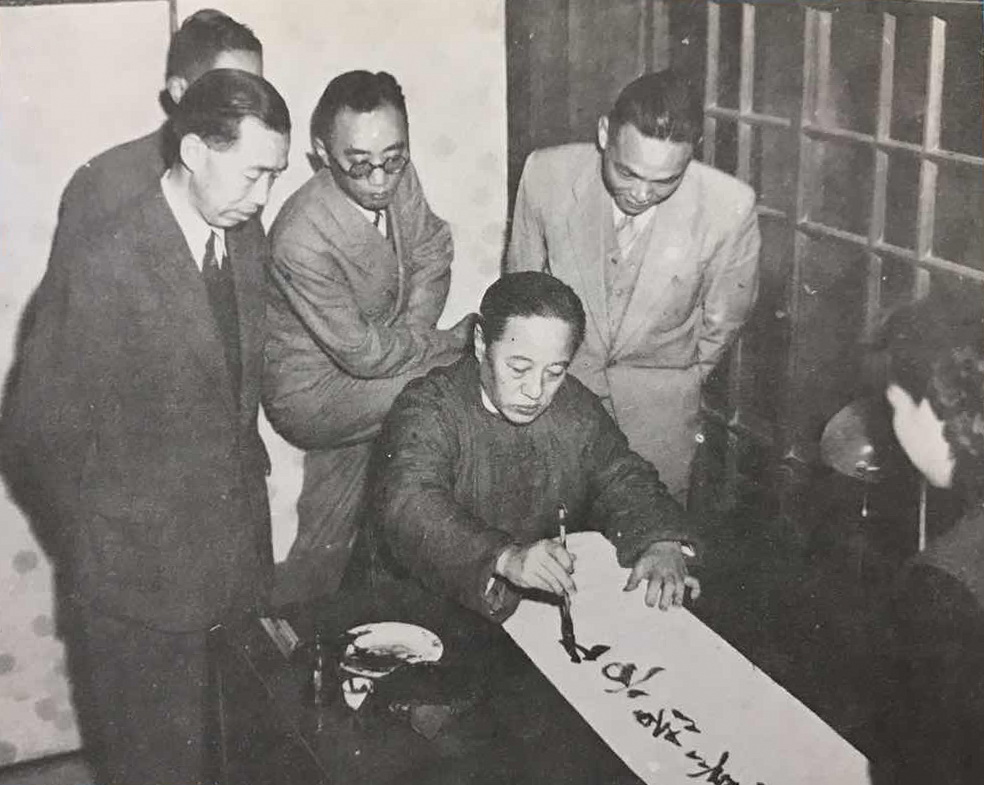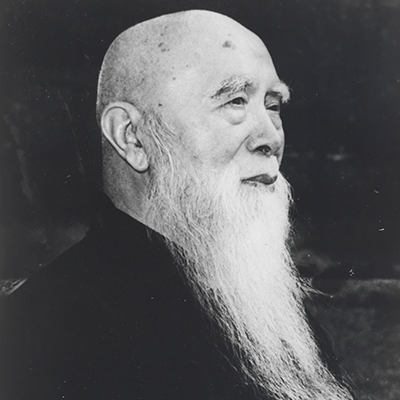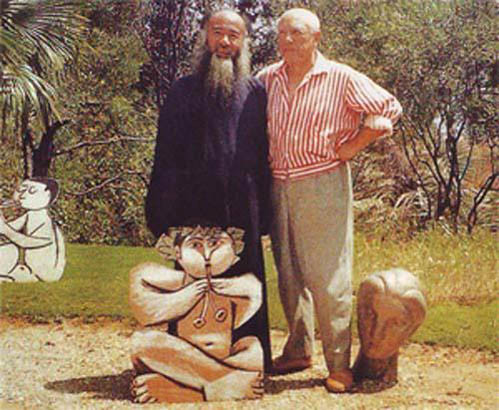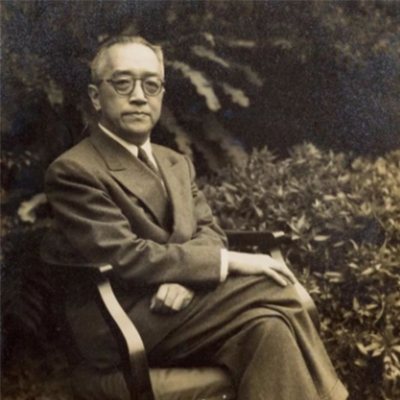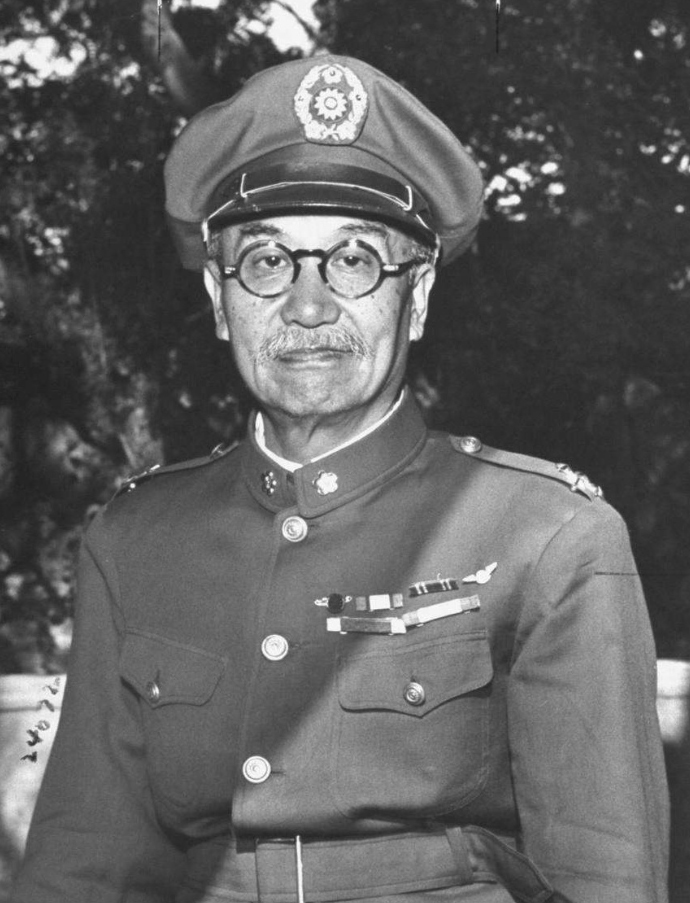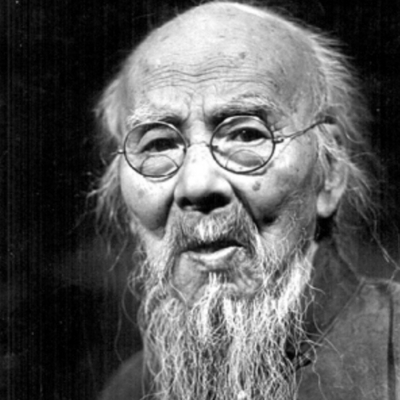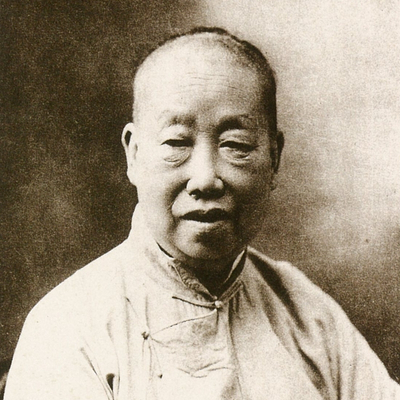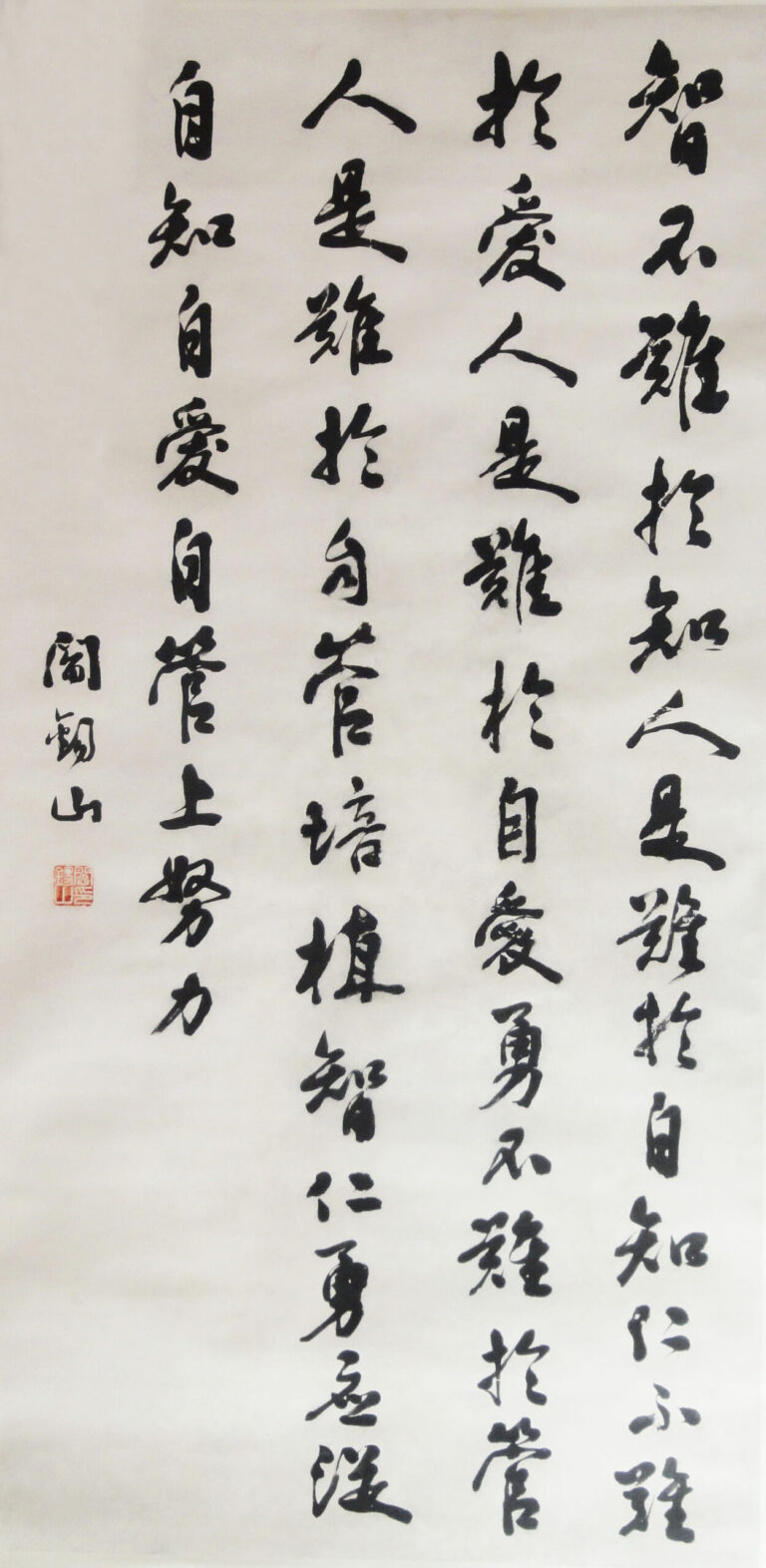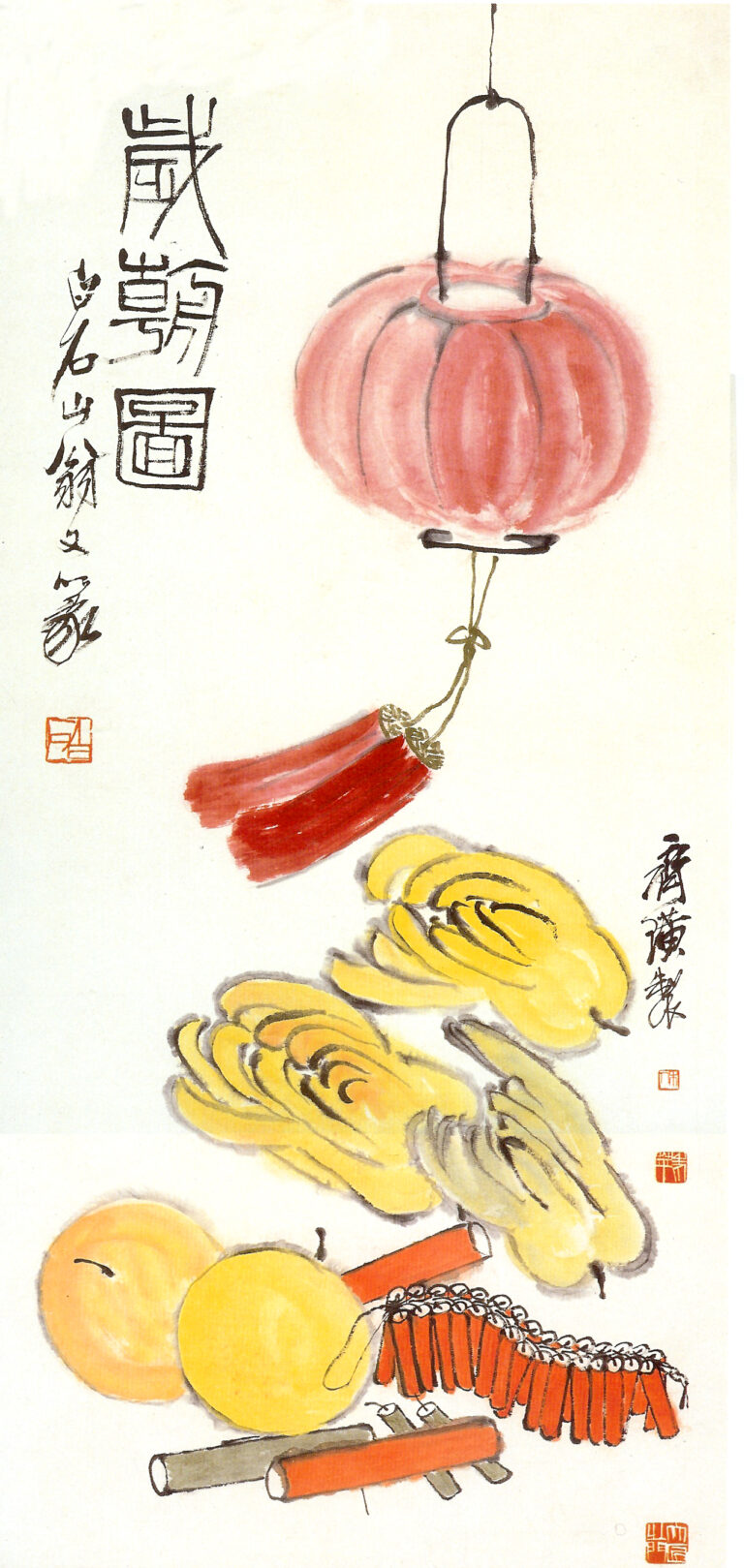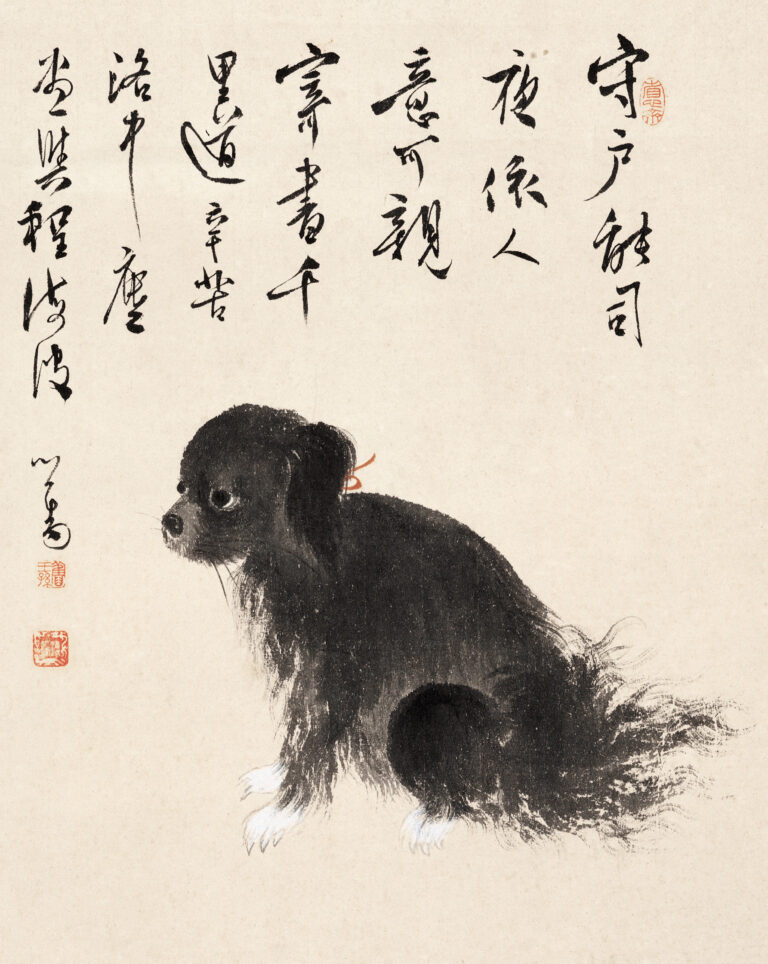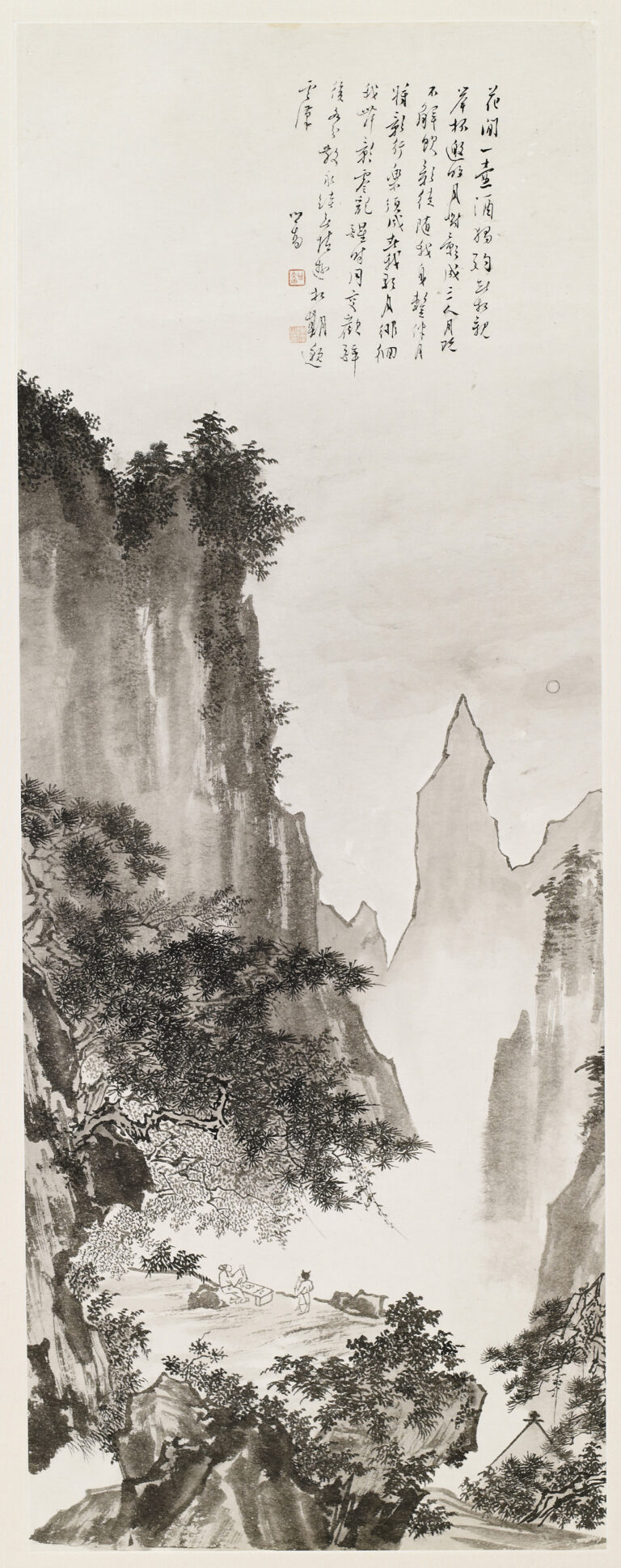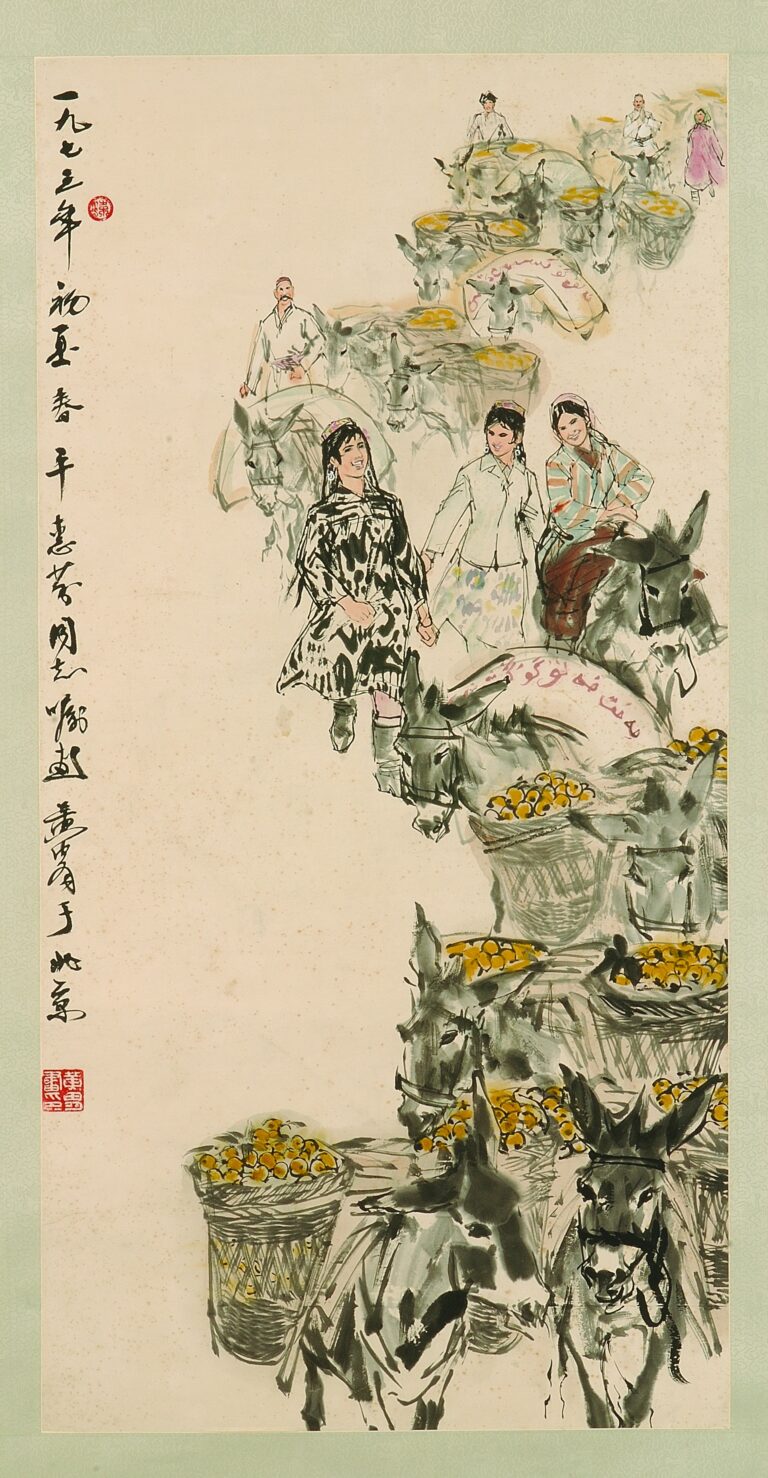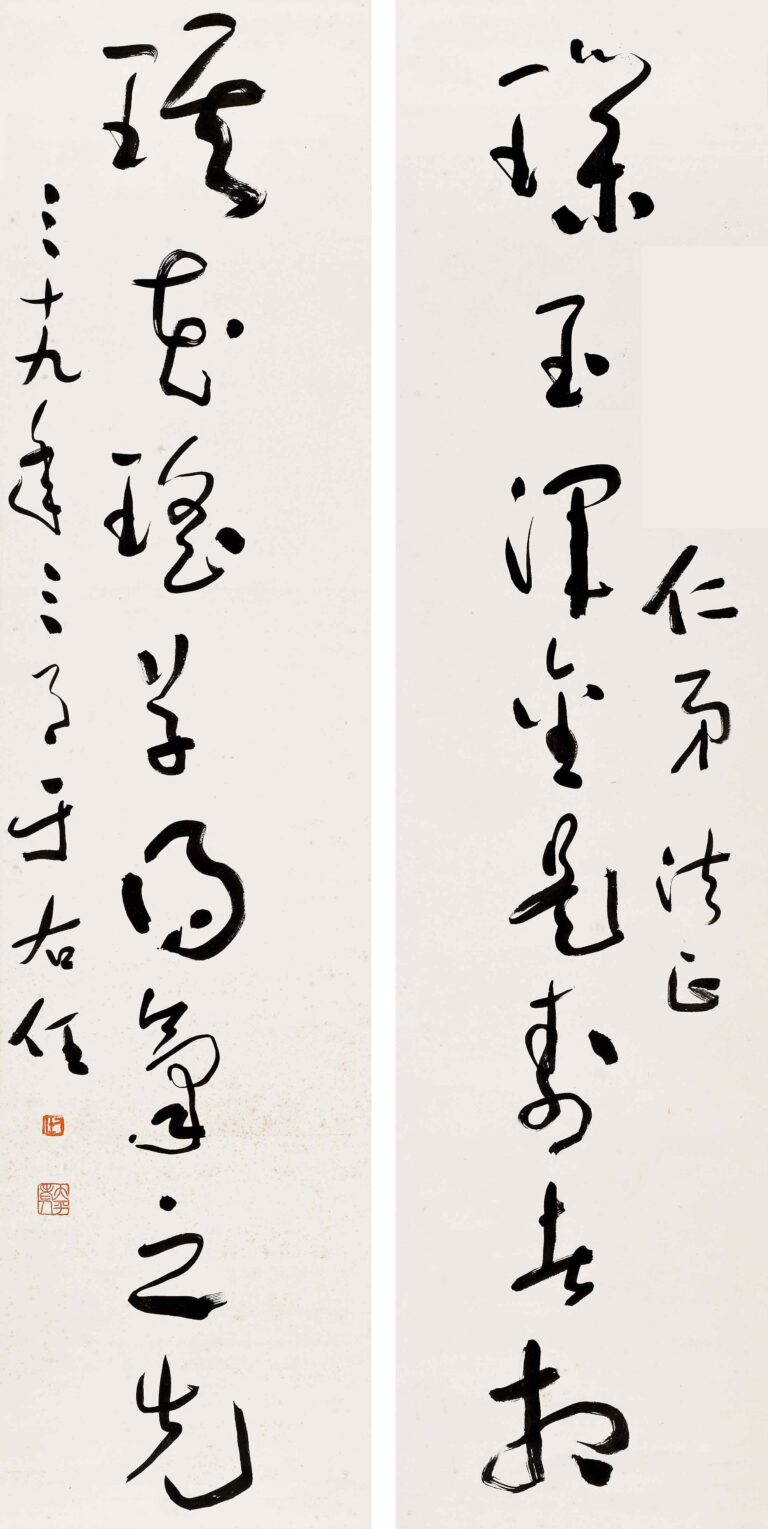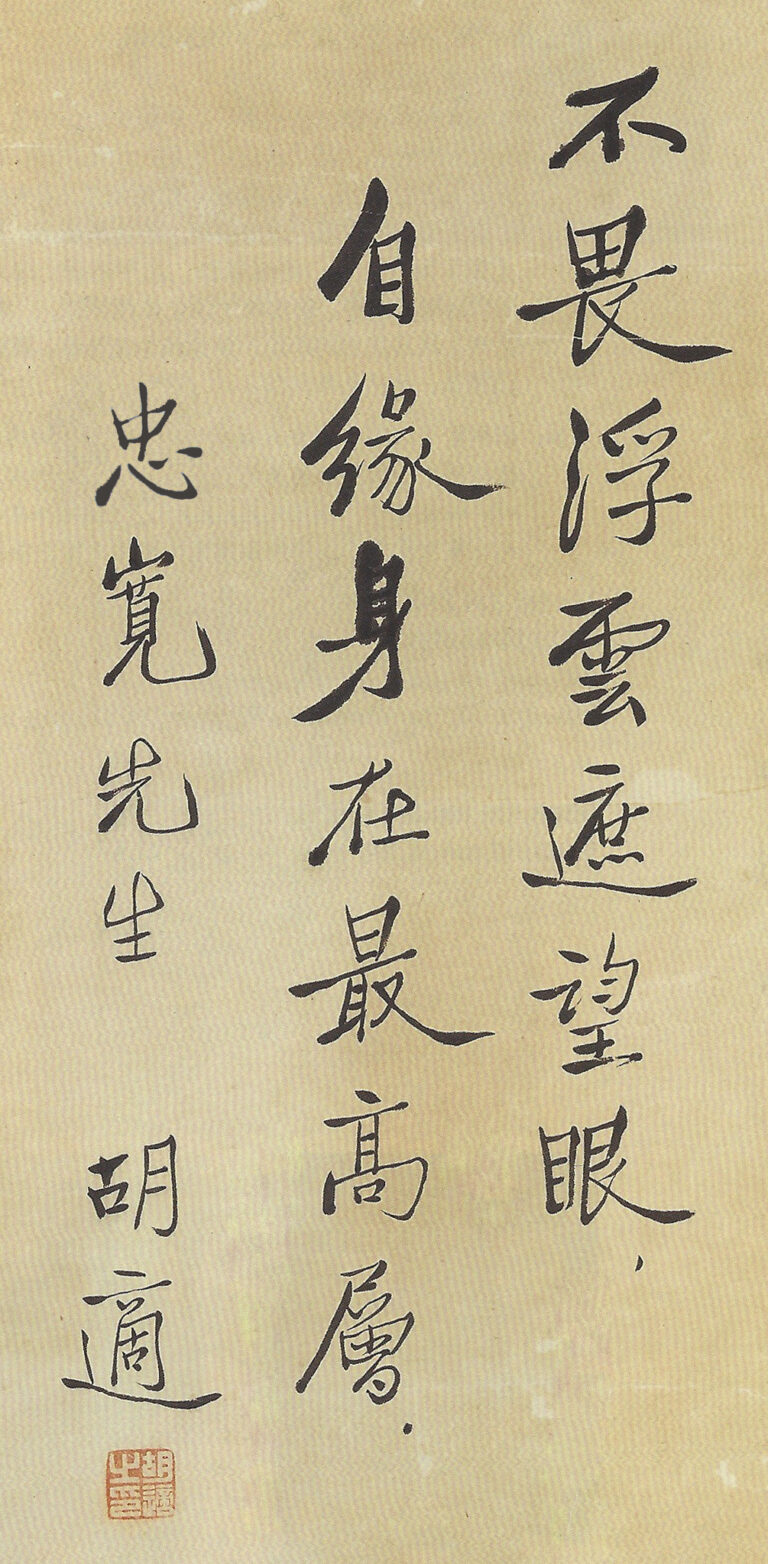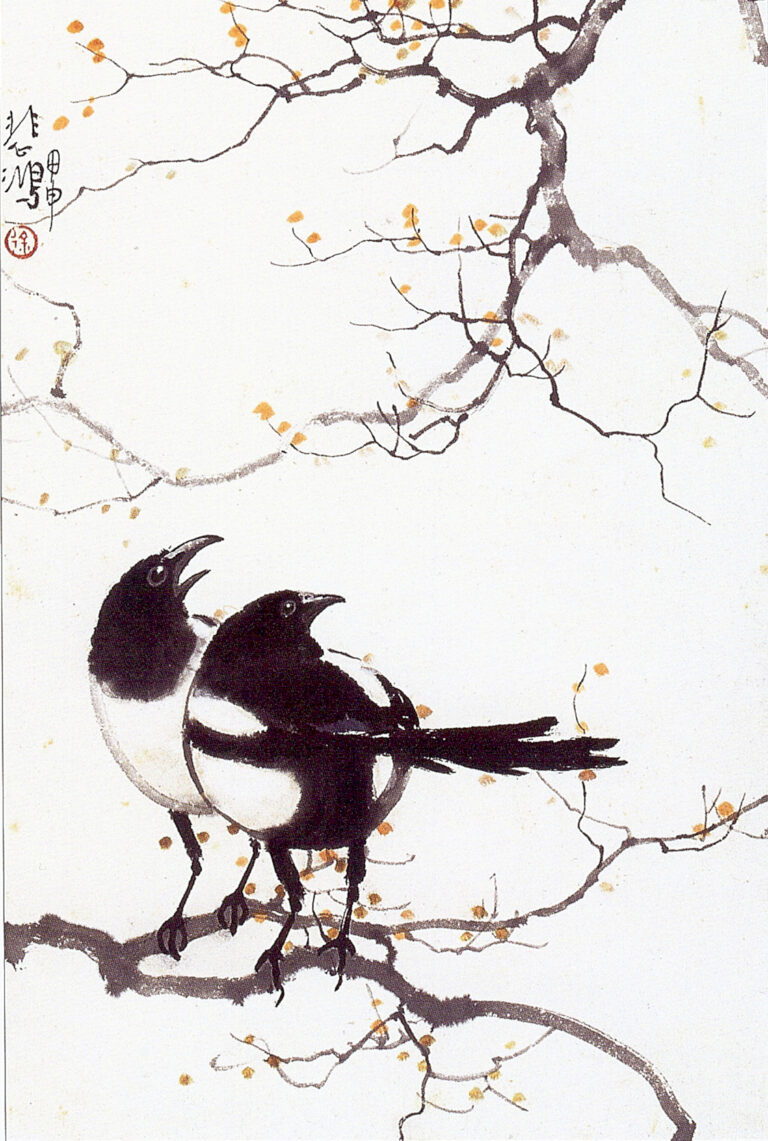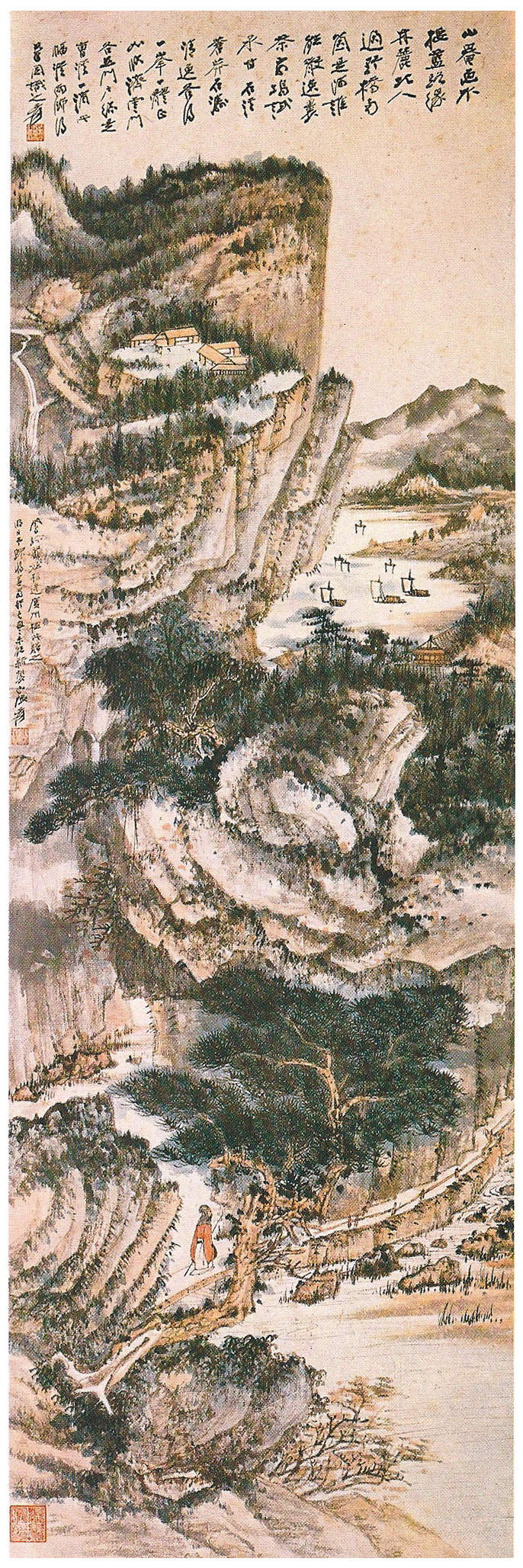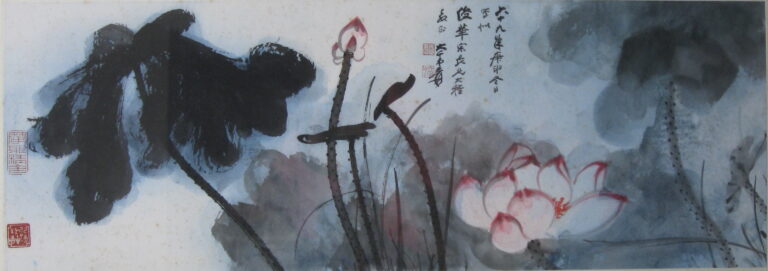Pu Ru (Pu Xinyu): Wang Sun Yishi, the legendary life of poetry, calligraphy and painting
Pu Ru(1896-1963), the character Xinyu, titled Emperor Xi, Xishan Yishi, Manchu, Beijingers, born into the Qing imperial family, is the great-grandson of Emperor Daoguang of Qing Dynasty, the grandson of King Gongqin, and the second son of Zaiying Baylor. As a descendant of the royal family, he has received strict traditional education since childhood, is proficient in poetry, calligraphy, and painting, and has achieved outstanding achievements in the field of art. He is known as the "three masterpieces of poetry, calligraphy and painting" art master.
Royal blood and cultural cultivation
Pu Ru grew up in the Palace of King Gong since childhood, received a rigorous Confucian education, was familiar with classics and history, and developed a strong interest in poetry, calligraphy and painting. In 1908, at the age of thirteen, he was ordered to enter the palace to select the emperor. Although he was not selected, this experience added legendary color to his life. After the fall of the Qing Dynasty, he and his family moved to Xishan Zhantai Temple, and began to call himself "Xishan Yishi", devoting himself to the creation of poetry, calligraphy and painting.
Study in Germany and academic attainments
In 1914, Puru went to study at the University of Berlin, Germany, specializing in astronomy and biology, and received his doctorate in 1922. During his studies abroad, he was extensively exposed to Western culture, but he always adhered to the core values of traditional Chinese culture, and integrated Chinese and Western cultures, enriching his artistic vision.
The three great artistic achievements of poetry, calligraphy and painting
Pu Ru has deep attainments in poetry, books, and painting.:
- poem: He has been familiar with poetry since he was a child, his style of poetry is elegant and timeless, and he is full of literati feelings. In his later years, he once said: "If someone calls me a painter, it's better to call me a scholar; if they call me a scholar, they might as well call me a poet. "It can be seen how much he attaches importance to poetry.
- calligraphy:Pu Ru's calligraphy was first studied by Liu Gongquan, and later studied by the Second King and Mi Fu. His gestures are elegant, strong and beautiful, and his appearance is consistent. He advocated that "the small characters of the book must first learn the large characters, the brushwork of the heart sutra, and the posture of the intention", emphasizing the overall structure and charm of calligraphy.
- painting: He is good at landscapes, characters, flowers and birds, beasts and other subjects. Landscape painting is based on "Beizong" and his brushwork is based on "Nanzong". He pays attention to line crocheting and less dyeing, and his painting style is elegant and quiet. It is on par with Zhang Daqian and is called "South Zhangbeipu"; it is called "South Wubeipu" with Wu Hufan.
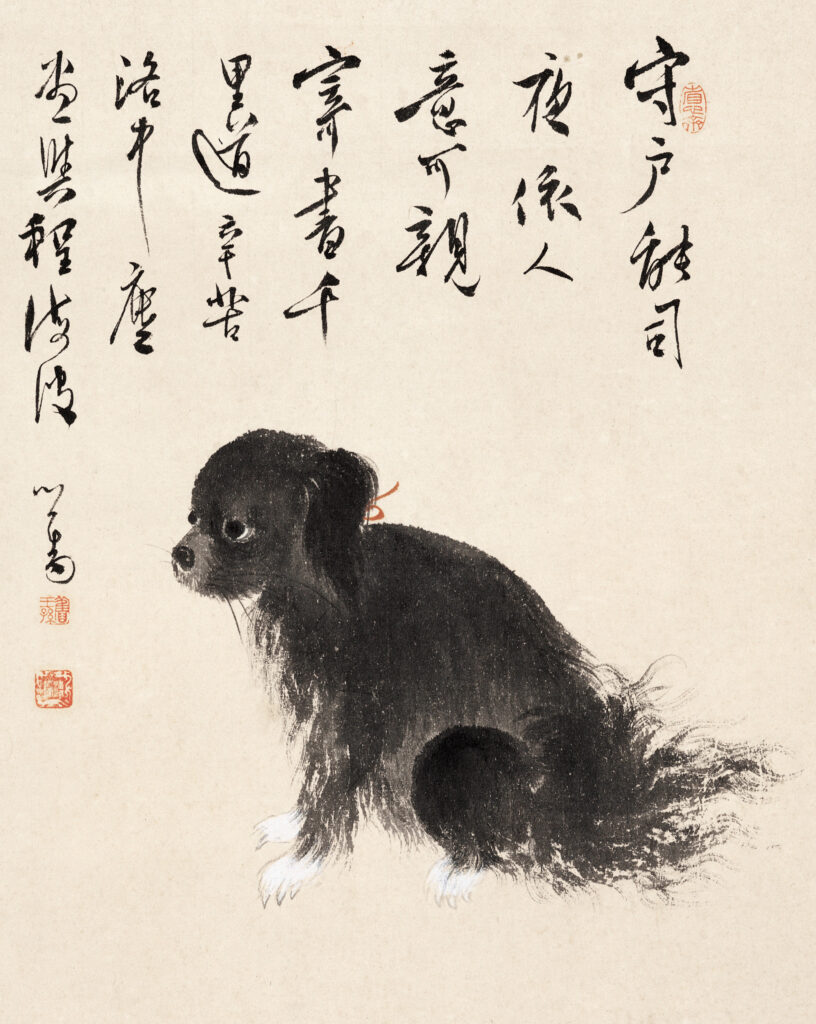
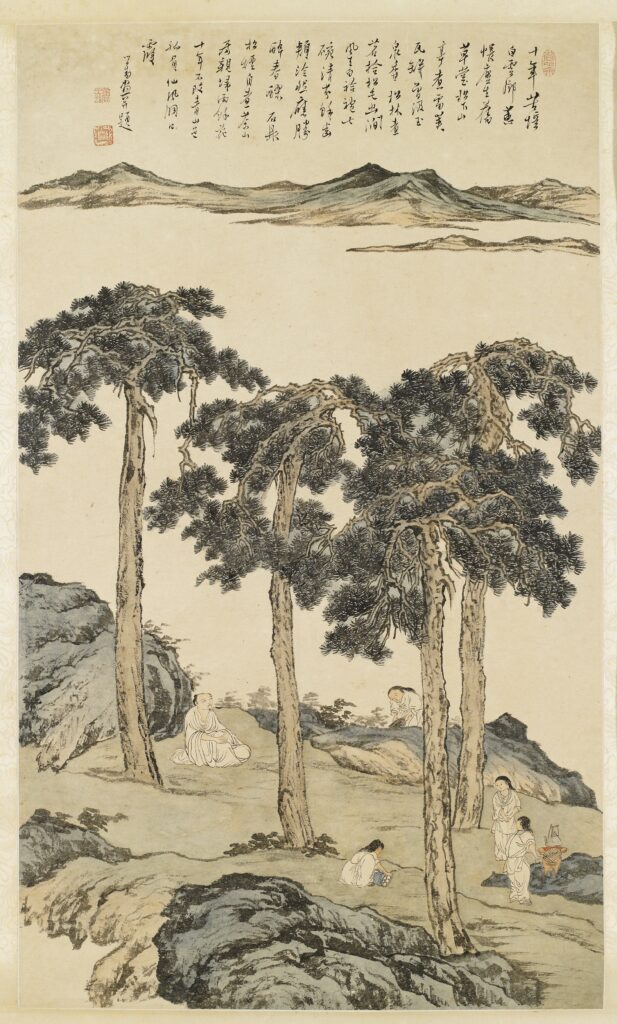
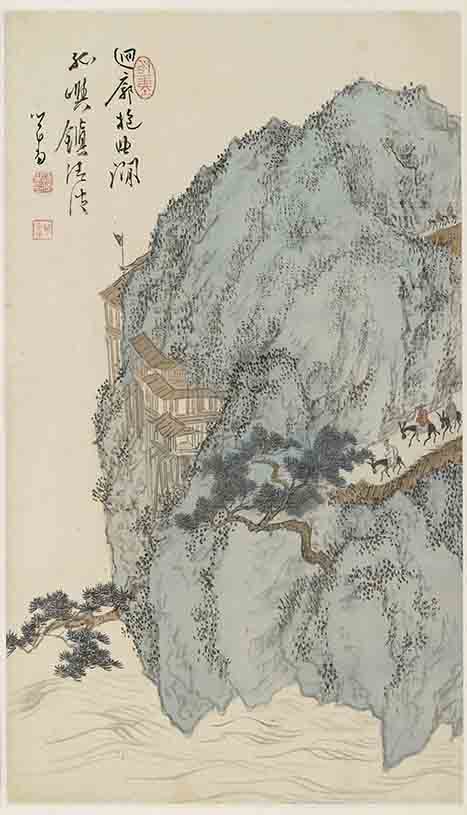
Teaching and educating people with Han Yutang
Puru attaches great importance to education. He has taught at Beiping National Art College, Taiwan Normal University, Tunghai University, etc., and has cultivated many artistic talents. He continued the name of the Beijing Gongwang Mansion, named the study "Hanyutang", and set up a school for apprentices, including Jiang Zhaoshen, Xiao Yiwei, Wu Yongxiang and others. Puru's teaching emphasizes poetry and calligraphy as the foundation, thinking that "I have never studied painting from a teacher." If you write the words well and the poems are done well, it is not difficult to paint. 」
Artistic interaction with Zhang Daqian
Pu Ru and Zhang Daqian met in Beiping in 1927. The two had similar feelings and cooperated from time to time, and the term "Nan Zhang Beipu" gradually emerged. Zhang Daqian's style of painting is unrestrained and heroic, while Pu Ru is timeless and elegant. The two reflect each other and have become a pair of Bi on the modern Chinese painting and calligraphy scene.
Crossing the sea, the three families and the Taiwan Years
In 1949, Pu Ru moved to Taiwan with the national government, settled in Linyi Street, Taipei City, and applied for a teaching position in the Art Department of Taiwan Provincial Normal University (now National Taiwan Normal University). Together with Huang Junbi and Zhang Daqian, they are called the "Three Crossing the sea", which has a profound influence on Taiwan's Chinese painting scene and has laid an important foundation for the development of traditional Chinese painting in Taiwan.
Anecdotes about crabs
Pu Ru has loved to eat crabs since he was a child. The highest record for a meal is that he can eat 30 crabs in one breath. When he eats crabs, the crabs are always piled up so high that the person sitting opposite can't see his face anymore. He not only loves to eat crabs, but also paints crabs. The image of crabs is common in his works, showing his unique style of combining life interest and art.
Important works and artistic heritage
Pu Ru is the author of "Hanyutang Painting and Calligraphy Theory", "Hanyutang Poetry Collection", etc., and has in-depth theoretical discussions on the art of painting and calligraphy. His works are widely collected and circulated at home and abroad, and have a profound impact on future generations. On November 18, 1963, Pu Ru died of illness and was buried in Yangmingshan, Taipei City. The tombstone is engraved with "Xishan Yishi's Tomb" to show his Yishi style.
Pu Ru (Pu Xinyu)As a descendant of the Qing royal family, he combines aristocratic temperament and literati style. He has three masterpieces of poetry, calligraphy and painting, and has achieved outstanding achievements. His works of art not only show the deep traditional cultural heritage, but also reflect his unique artistic style.Dehuatang sincerely acquires Pu Ru's calligraphy and painting works, To provide collectors with a professional and reliable exchange platform, so that the artistic treasures of Wang Sun Yishi can be inherited and carried forward.
If you need to learn more about Puru's works or exchange collections,,Welcome to contact Dehuatang, We will serve you wholeheartedly.
Pu Ru (Pu Xinyu) Calligraphy and Painting works
